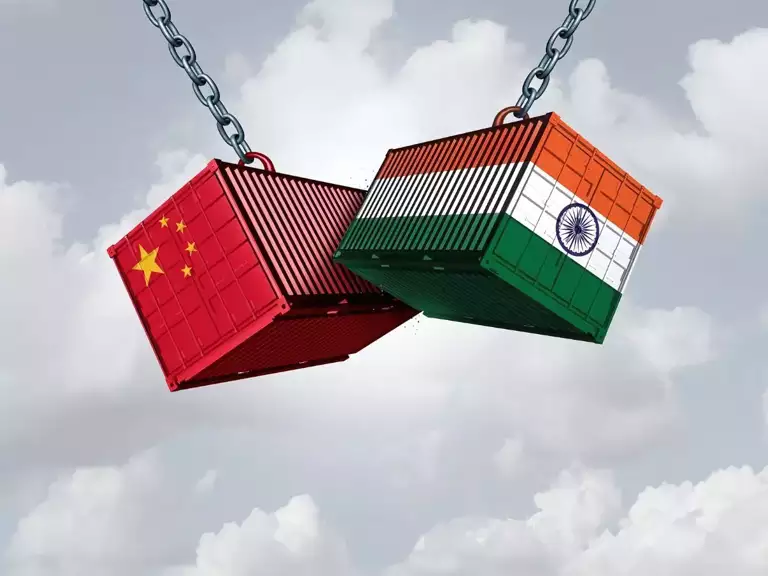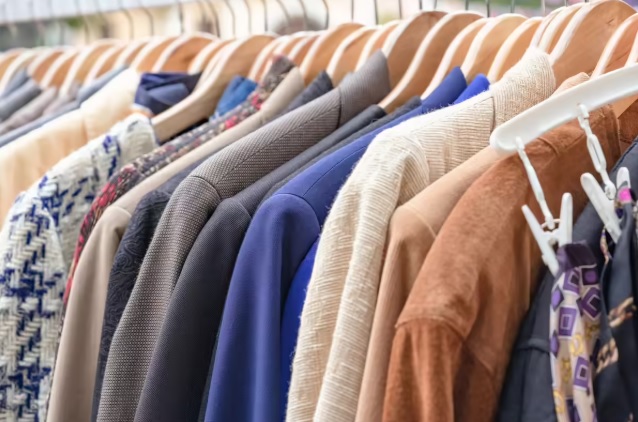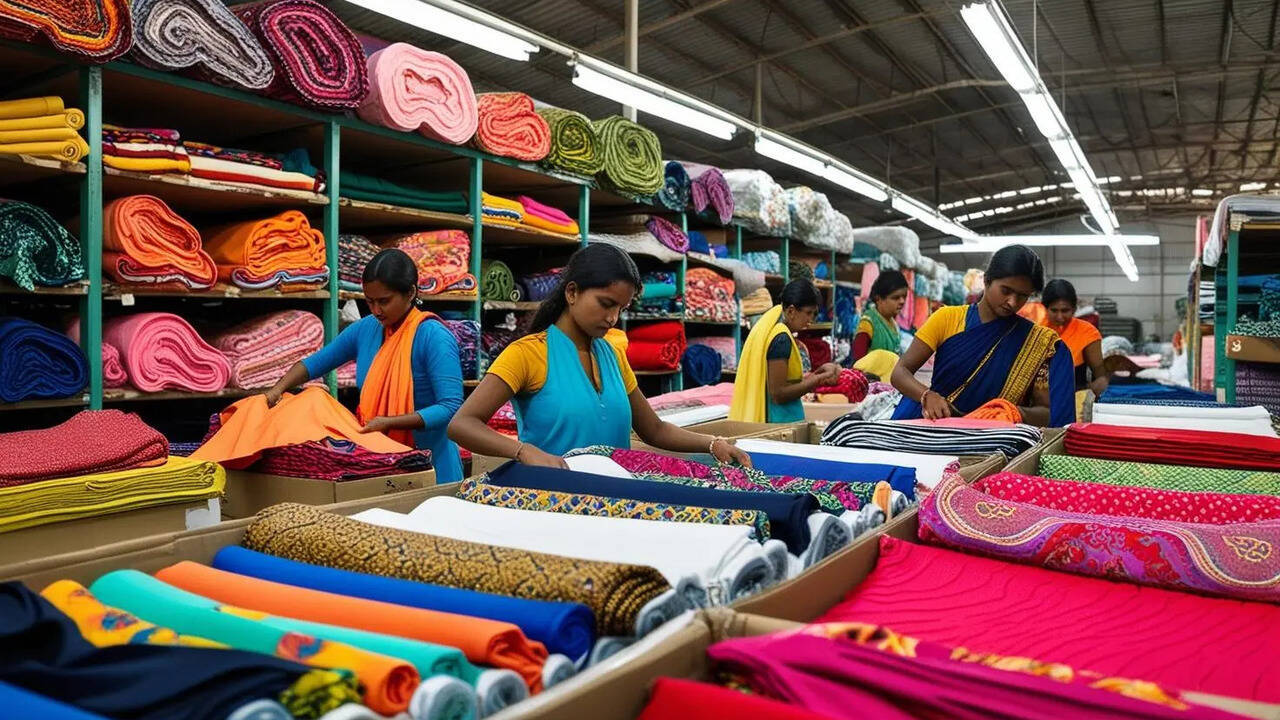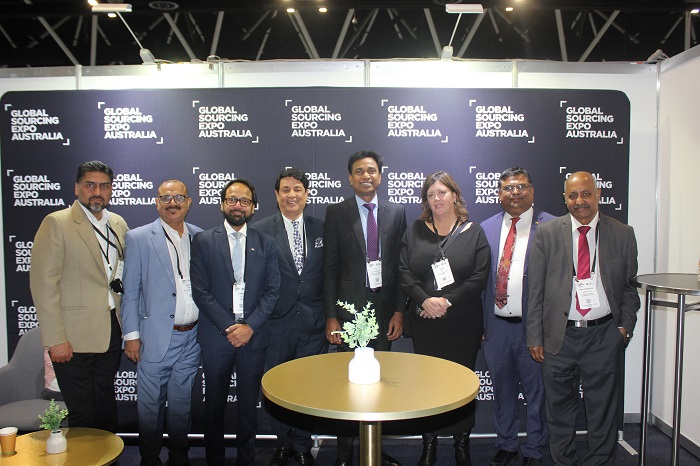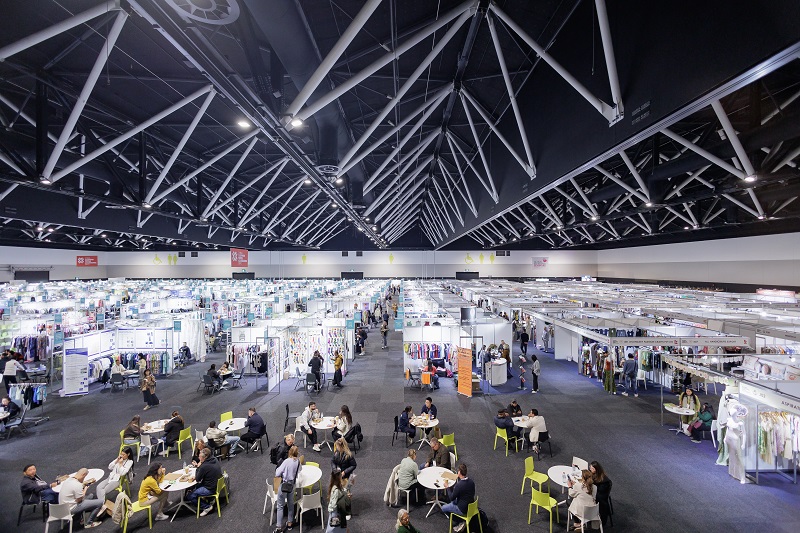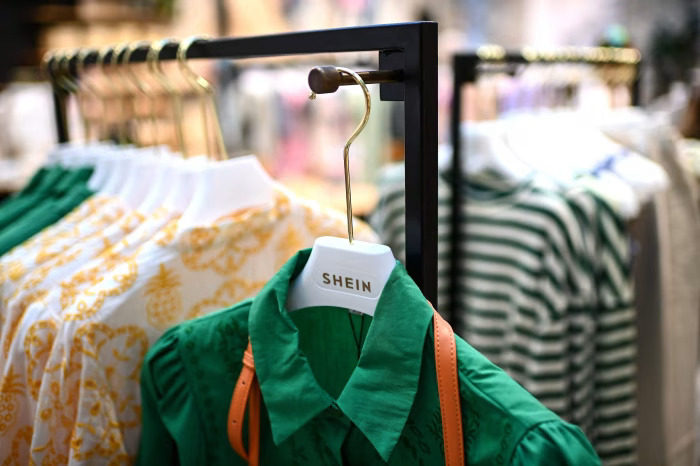FW
In 2017, the United States remained Vietnam’s top export market, accounting for 48.3 per cent of Vietnam’s textile and garment exports.
Contrary to pessimistic forecasts following the withdrawal of the US from the Trans-Pacific Partnership, Vietnam’s textile and garment firms signed export contracts with United States’ importers.
Garment and textile enterprises have increased their investment in improved production systems, designed more competitive products, and sought new markets.
This achievement is attributed to businesses’ careful preparations and the country’s policy of supporting the development of auxiliary industries.
After many years depending on imports, Vietnam gained 3.5 billion dollars from exports of fiber and yarn as well as 1.5 billion dollars from textile accessories.
As the fiber sector is encountering anti-dumping tariffs in some major export markets like Turkey, India, and Brazil, this outcome proves encouraging.
After Turkey imposed anti-dumping tariffs on several types of export fibers, such as draw textured yarn and synthetic fiber in 2016, Vietnamese firms have been successful in finding alternative markets, which was the factor behind the more than 20 per cent jump in the fiber sector’s ten-month export value.
Vietnam’s total export turnover is expected to be up ten per cent over last year.
The Ministry of Textiles has sought enhanced budget allocation of Rs 24,597 crore from the Planning Commission for the 12th Plan period for the development of the sector, and creating 15.8 million jobs by 2016-17.
The budgetary support would be used for further development of powerloom and sericulture sectors and upgradation of existing NIFT centres.
The Ministry plans to continue modernisation and technological upgradation of the sector through restructured Technology Upgradation Fund Scheme (TUFS).
Under TUFS, textiles companies get five per cent subsidy on loans from the Government for upgrading technology. During the 11th Plan, the Ministry was granted funds worth Rs 14,000 crore.
The ministry of textiles announced the yarn bank scheme under Power Tex India with an objective of providing interest free corpus fund to special purpose vehicles or consortiums to enable them to purchase yarn at wholesale rate and give the yarn at a reasonable price to small weavers.
South Asia Textiles, a leading Sri Lankan textile manufacturer specialised in producing exceptional quality weft knitted fabric, recently announced that the company was the recipient of the Silver award in manufacturing apparel, textile and leather products sector at the prestigious National Business Excellence Awards (NBEA) 2017.
South Asia Textiles Managing Director/Chief Executive Officer Prithiv Dorai says that having been highlighted for being a positive role model for local manufacturing, generally, and helping elevate the profile of the local apparel, textile and leather products sectors.
South Asia Textiles maintains its manufacturing dominance through its ultra-modern manufacturing plant that produces exceptional quality weft knitted fabric. The company also specialises in knitting, dyeing, finishing, printing, brushing and preshrunk fabric for leading global brands. South Asia Textile’s strategic location, attention to detail, superior levels of client servicing and modern technology continues to assure these global giants of a being a credible Sri Lankan source for quality textiles which is in par with international standards and supplied with faster lead times.
Meeting the challenges and demands of the global fashion industry, the company continues to attract new customers, maintaining quality and service parameters and focusing on growth through operational and cost efficiencies which will result in sustainable benefits in years to come. South Asia Textiles continues to the company continues to bring new innovations, fabric solutions, value added products and finishes to the designers and brands of leading global giants.
Wool has a reputation as a product with poor environmental credentials. Significant land use is required to farm sheep.
But the IWTO (International Wool Textile Organisation) disputes this view. It intends to combat the perceived negative qualities of its product versus other fibers.
Industry LCAs (Life Cycle Assessments) have frequently ranked wool as lagging behind its competitors. But those in the wool business believe this is wholly inaccurate as the assessments don’t take into account a range of factors or the longevity of the product once it leaves the farm.
IWTO feels wool is often unfairly classified by powerful organisations promoting petroleum based fibers that do not measure performance on a cradle to grave basis. According to the IWTO, around 80 per cent of wool’s environmental impacts occur up to the farm gate and so LCAs which disregard a textile’s longevity after that point provide a skewed rating.
It has also been highlighted by the IWTO that microplastic pollution – one of the largest environmental issues faced by the textile industry – is not included in the calculations, and even ignoring the shedding of micro plastics, woolen garments tend to be domestically laundered far less than other materials.
Wool producers say many areas of land where sheep are farmed are often unsuitable for any other kind of agriculture or lucrative crop cultivation and that there are several bi-products from sheep farming which are not taken into account when calculating a fiber’s score.
Pakistan’s knitwear exports have gone up by 21 per cent year on year. Bedwear exports have risen by seven per cent. Readymade garment exports have risen by nine per cent.
These three segments outperformed all other products of the textile sector.
Textile exports have risen by seven per cent year on year. This growth was primarily led by the value added segment, which rose 12 per cent year on year.
The expansion in value added segment exports is because of the appreciation of the euro by nine per cent and improved competitiveness post implementation of the textile package.
On the other hand, cotton yarn exports fell by 11 per cent year on year driven by a 13 per cent year on year volumetric downturn. One possible reason is soaring raw material costs for the spinning segment as domestic cotton prices have shot up following a lower than targeted domestic crop.
On a cumulative basis, textile exports were up eight per cent year on year, primarily driven by a 11 per cent year on year hike in the value added segment. Basic textile exports followed with a meager one per cent year on year increment.
Pakistan is the fourth largest cotton producing country in the world.
With GST Bangladesh has started making inroads into India's readymade garment market.
This tax has given Bangladeshi garment manufacturers a ten to 15 per cent cost advantage over production in India. The over-arching tax was implemented in India from July 1. Imports of garments from Bangladesh jumped 56 per cent from then to November over the corresponding period last year. Of this, imports of knitted apparel surged 69 per cent. Knitwear from Bangladesh is popular in India because of low prices and good quality.
Bangladesh procures fabrics from China duty-free while Indian garment makers have to pay 20 per cent import duty for the same fabrics from China. Their power and personnel costs are also higher. Bangladesh’s two other basic advantages over Indian manufacturers are cheaper electricity and cheaper labor.
In the pre-GST regime, garment manufacturers in India were protected through the levy of a countervailing duty on imports, equivalent to the excise duty on domestically manufactured garments, in addition to education cess. This protection has gone away after GST implementation.
Garment exports from Bangladesh to India rose 30.86 per cent year-on-year in fiscal 2015-16. Foreign retailers buy a lot of garment items from Bangladesh for Indian customers, especially for the rising middle class.
Many brands have links to a scheme that allows Egyptian manufacturers to export garments to the US tax-free so long as Israeli materials are used.
The program, known as Qualifying Industrial Zones (QIZ), was enacted by the US in 1996 in an effort to normalise relations between Israel, Egypt and Jordan through economic cooperation.
Through QIZs, Israeli manufacturers supply at least 10.5 per cent of the products used in a garment. Then Egyptian factory workers sew the final product which is exported to the US and exempted from taxes of between five per cent and 40 per cent, but typically at a 15 per cent average.
When a consumer buys garments from brands that include Gap, Levi’s and Ralph Lauren, there is no mention of the Israeli component on clothes’ labels. They only say Made in Egypt.
Since its launch in Egypt, the program has more than doubled garment exports to the US.
Products enter the US as Egyptian, but if a product is 100 per cent Egyptian, so not part of QIZ, it is not exempt from tax.
However QIZ is hated in Egypt for linking Egypt to the Israelis.
Egypt is highly attractive as a sourcing hub for garment and textile companies as a result of its low wages and duty-free access to the US market, the largest clothes buyer on the planet.
In 2018, more than half of the revenues for the global fashion industry will come from new markets in the east than long established markets in Western Europe and North America.
Emerging markets in Asia (India, Vietnam, China etc.) will achieve revenue growth of 6.5 per cent to 7.5 per cent in 2018 with their European counterparts (Romania, Russia, Turkey etc.) slightly behind at between 5.5 per cent and 6.5 per cent. By way of contrast, mature markets in North America and Europe will grow only one per cent to three per cent.
Average revenues for the global fashion industry are expected to rise between 3.5 per cent and 4.5 per cent in the coming year. That is more than the 2.5 per cent to 3.5 per cent growth projected for 2017 and more than triples the growth in 2016 but still below the long-term average of 5.5 per cent. The industry’s profit margin (before taxes) is projected to hold steady at ten per cent.
New technologies, new consumers and an unpredictable macroeconomic environment continue to challenge leaders to rapidly shift their strategies and operating models.
Value creation at companies in this rapidly shifting market varies dramatically. The top 20 per cent of fashion providers earn a total 144 per cent of the industry’s value increase.
China needs an annualized growth of 6.3 per cent in 2018-2020 to realize the target of doubling Gross Domestic Product (GDP) by 2020. GDP expanded 6.9 per cent year on year in the first three quarters of 2017, above the target of around 6.5 per cent for the whole year.
Five years ago, China decided to double GDP and per capita income by 2020 as an important component of becoming a moderately prosperous society in all respects.
Judging from current economic performance, no huge barriers in meeting the goal are expected.
However China's emphasis is on development quality rather than fast expansion. High quality development is the fundamental requirement for determining the development path, making economic policies and conducting macroeconomic regulation.
Realizing high quality development is a must for sustaining healthy economic development and adapting to the country's new principal contradiction between unbalanced and inadequate development and the people's ever growing needs for a better life.
The potential growth rate has changed due to upgraded consumption, financial risk and environmental constraints.
The country is building and improving mechanisms for pushing forward high quality development, including indicators, policies, standards, statistical and performance assessment systems.
China’s economy held steady in the first eleven months of 2017.
China’s economy held steady in the first eleven months of 2017. Fixed asset investment (FAI) climbed 7.2 per cent for the January-November period, down from 7.3 per cent in the first ten months.
Investment in property development rose 7.5 per cent from a year earlier, edging down from 7.8 per cent in the first ten months.
Infrastructure investment, which accounts for more than 20 per cent of the total FAI, surged 20.1 per cent for the January-November period year on year, the pace of growth accelerating from 19.6 per cent for January-October.
Online shopping promotion, retail sales grew 10.2 per cent in November, up from ten per cent the previous month. Sales at Alibaba, China’s largest e-commerce platform, hit a record high on November 11.
Consumption will stay robust on the back of higher incomes and is expected to stay a pillar for economic growth next year.
The country’s GDP grew 6.9 per cent in the first nine months, above the target of around 6.5 per cent for the year. GDP growth is expected to be 6.8 per cent this year.
The steady economic growth will give policy makers more leeway to control risks, reduce poverty and tackle pollution.
More of the impact from the ongoing clean air campaign will come in December and the first quarter of 2018.



